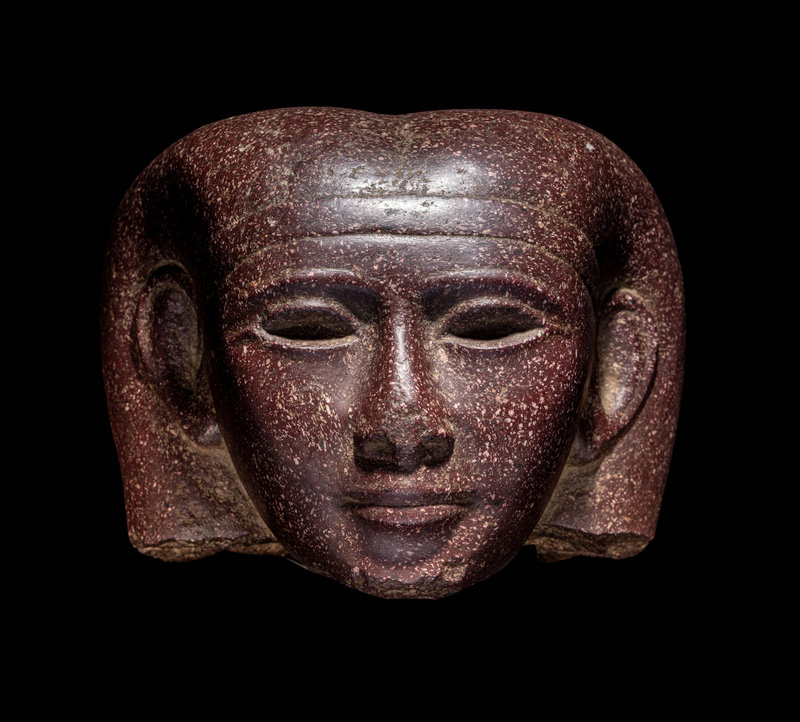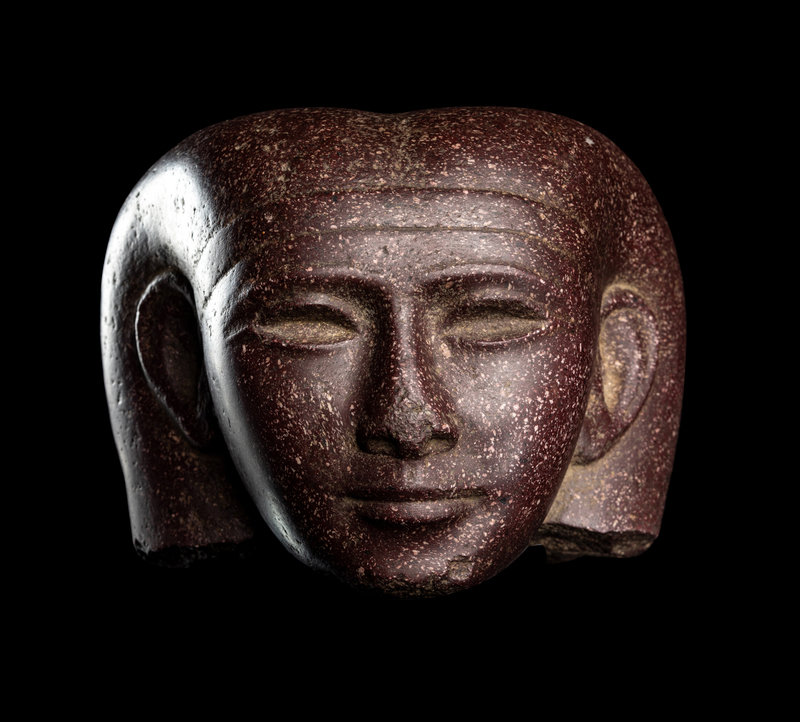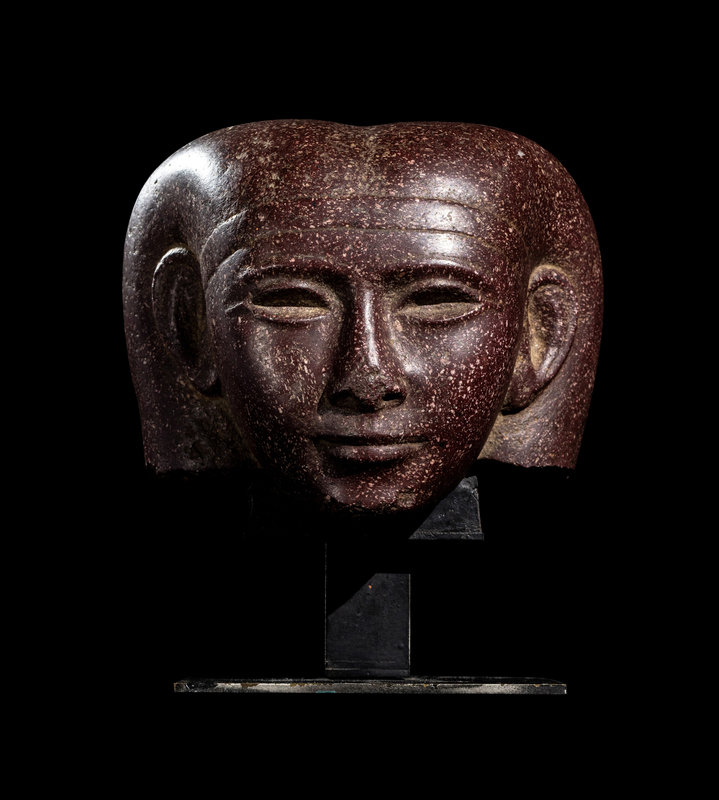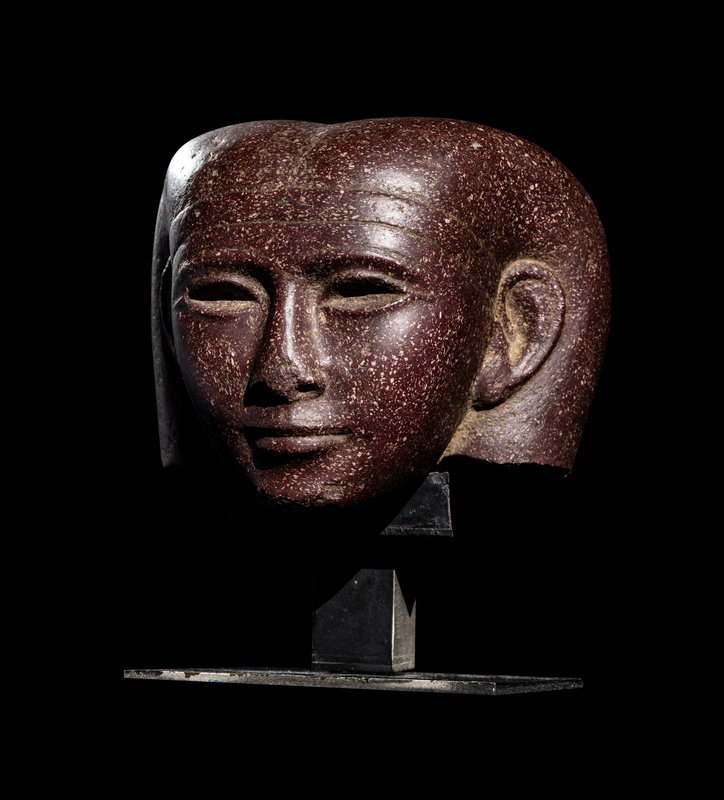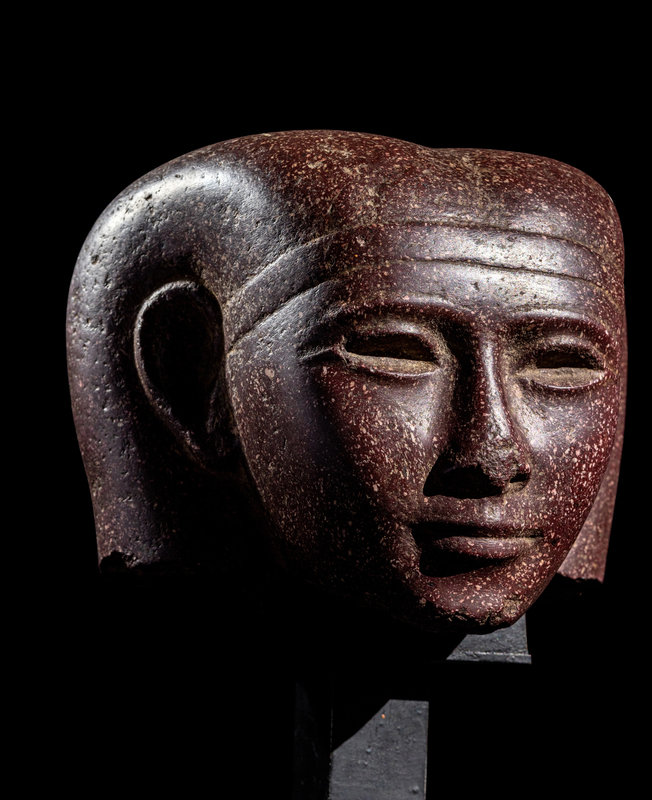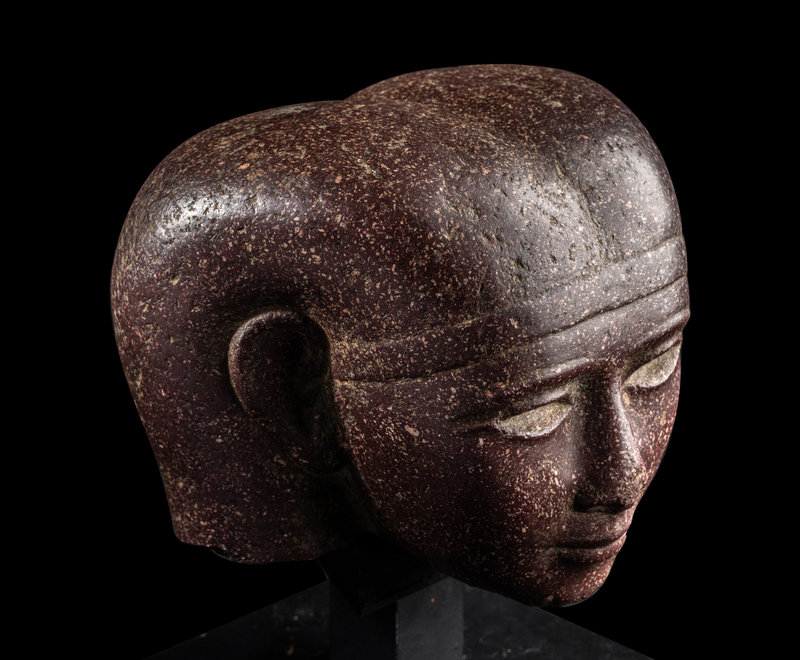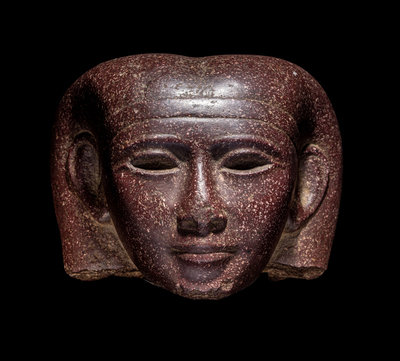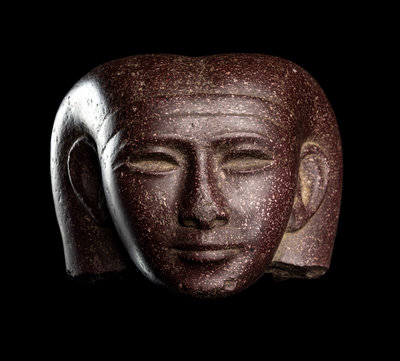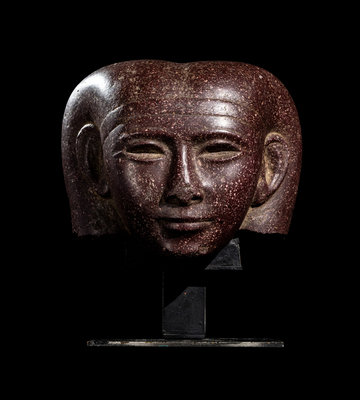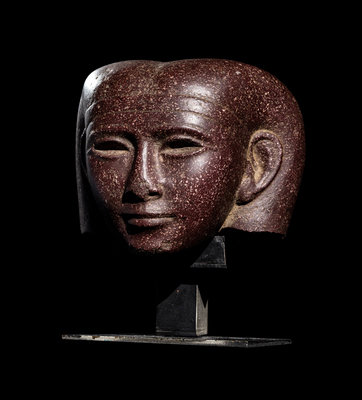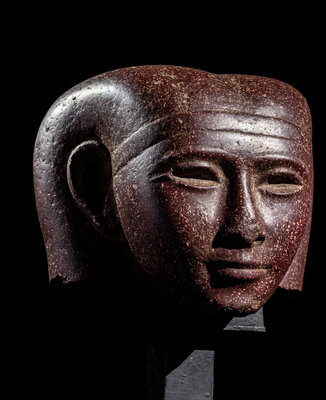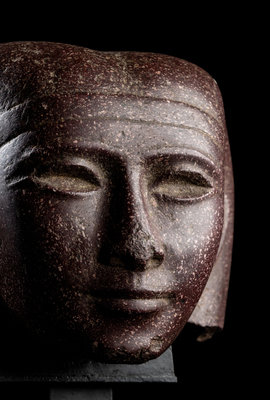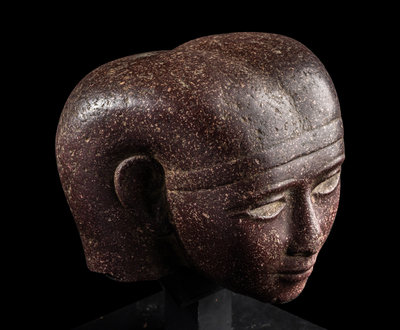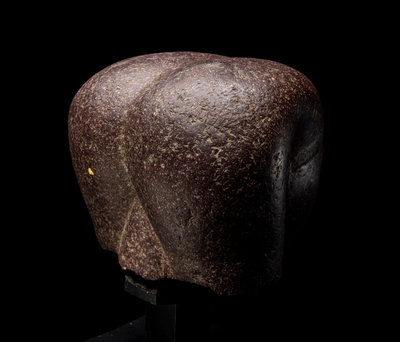Condition Report
Contact Information
Auction Specialist
Lot 20
A Roman Porphyry Head of an Egyptian Woman
Sale 1273 - Antiquities & Ancient Art: Including Property from the Brummer Collection
Dec 5, 2023
10:00AM CT
Live / Chicago
Own a similar item?
Estimate
$60,000 -
80,000
Price Realized
$44,100
Sold prices are inclusive of Buyer’s Premium
Lot Description
A Roman Porphyry Head of an Egyptian Woman
Reign of Emperor Domitian, Circa 81-96 A.D.
Height 6 1/4 inches (15.9 cm).
Property from The Brummer Collection from Drs. John and Pat Laszlo, Atlanta, Georgia
